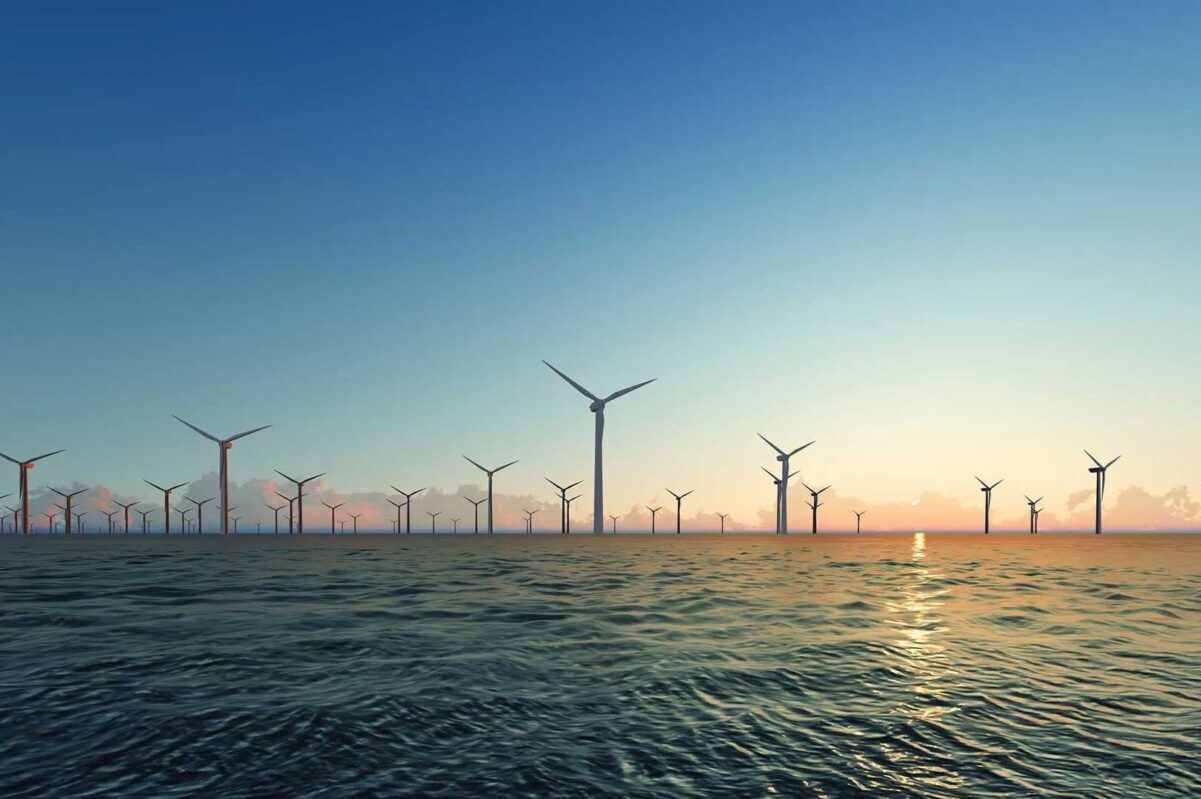So, what should you know about wind energy and wind turbines?
Wind Energy Overview
Wind energy has been in use for many years to power households, pump water from water wells, power sailboats, as well as power cooling and heating appliances in offices and homes.
Today, the ongoing increasing demands for fossil fuel and the rising of the prices of essential resources have all been being invested in the fostering of wind energy.
Of course, wind energy has both perks and drawbacks. For example, it’s a renewable energy source that produces little to no air and water pollutants.
However, wind energy may pose a threat that can potentially harm wildlife. In addition, wind parks can’t be easily installed anywhere as constant and robust winds are massive requirements.

How Do Wind Turbines Work?
There are two types of wind turbines: vertical axis wind turbines (VAWT) and horizontal axis wind turbines (HAWT). Apart from their structure and design, these two types of wind turbines generate power in a similar way.
Wind turbines come with blades or a rotor which converts the wind power into mechanical energy.
The capacity of wind turbines to generate electricity depends on various factors such as the shape and size of its rotors, the blade’s height, and the turbine’s location. Wind turbines with 2 or 3 blades are the most popular models to date as they offer less resistance to wind and offer more powerful thrusts.
Furthermore, modern and high-quality wind turbines offer exceptional functionalities and are considered dependable for long-term use.

